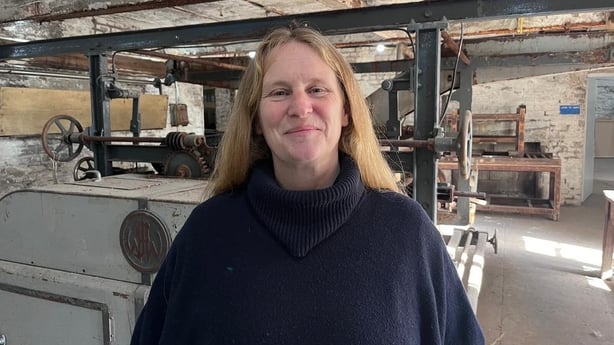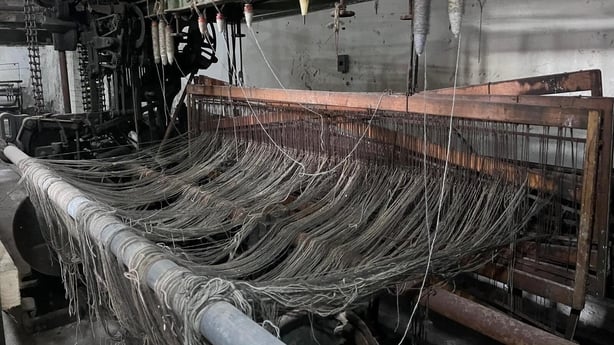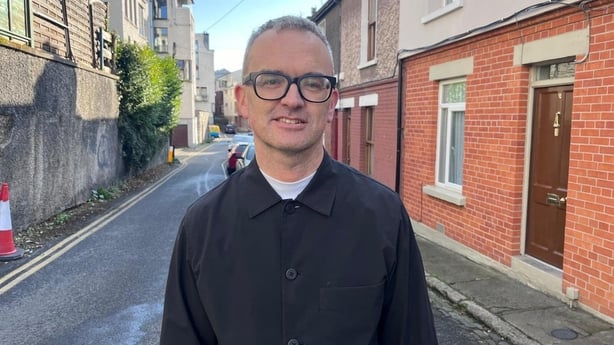A number of buildings which are normally not accessible to the public will open their doors in the coming days as part of the capital’s architectural festival.
Open House Dublin, which is now in its 19th year, will also host a number of events and talks celebrating the city’s built environment.
One of the places throwing open its doors is Kilmainham Mill in Dublin’s south city.
Tucked in behind rows of terraced houses, this derelict building dates back to at least the 1650s.
First a producer of flour and later fabrics, the building now houses remnants of Dublin’s industrial heritage over five floors.
Large industrial washing machines, dryers, textile presses and looms which still have threads attached to them are among the artefacts of the artisan crafts that once took place in the building.
In one part of the building, which contains a living quarters, there are large rolls of textiles still in pristine condition, lining the rooms whose windows are covered in cobwebs.
Among the rolls is the material once used by Aer Lingus.
The mill also supplied products to Karl Lagerfeld in Paris and the Avoca Handweavers.
An old-fashioned suitcase, a Singer sewing machine, coins and hand-written safety instructions are among the other items that give the building the feeling of being frozen in time.
The mill ceased production in 2008 and in 2018 it was acquired by Dublin City Council, who are now working to convert it to a cultural space.
Dublin City Culture Company CEO, Iseult Dunne, said that as they decide how exactly to bring the mill back to life, they are letting the public inside to help tell its story.
“This one is a building that was closed for a very long time, and a lot of people haven’t been able to see it yet. So we’re delighted to open it and to let people have a little peek.

“There’s a lot of different history on how textiles are made, the history of the area and it really of shows industrial life in the city. There’s a lot of different machines, some of them very old, some of them still look like they were just used last week.
“We get a sense of the kind of people who worked here. There’s a lot of buildings that are very important. They have a story to tell, and they are worth telling.”
Kilmainham Mill is one of a number of buildings not normally accessible to the public which people can get inside during the festival.

Irish Architecture Foundation runs Open House Dublin. Its director, Emmet Scanlon, said accessibility is the theme of this year’s event and that getting behind the scenes of buildings that are usually off limits are one of the most popular aspects of the festival.
“When the bookings go live, there’s like Taylor Swift levels of interest. For example, the Provosts House in Trinity College books out really quickly every year and the Custom House.

“This year we have the National Children’s Hospital and private family homes as well which are obviously difficult to get into.
“What we find with the festival is about 30,000 to 40,000 people are coming each year and we find every year that people come back and tell us that they have learned a lot about the city on one hand, but also that their sense of civic pride has been boosted.”
Talks, tours, exhibitions and workshops about the impact of architecture on Dublin and those who live in the capital are all part of the Open House Festival which runs until 20 October.
